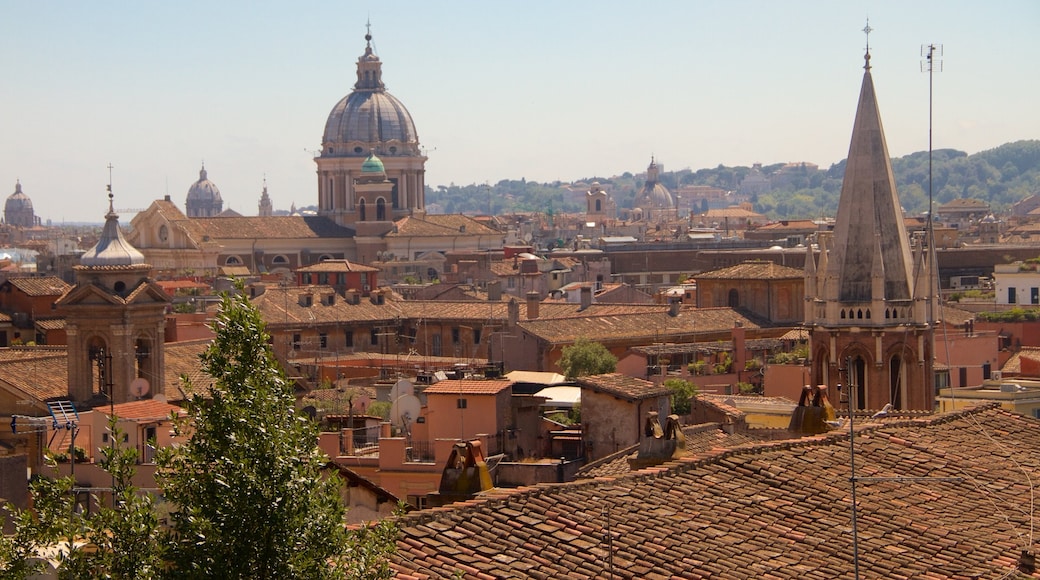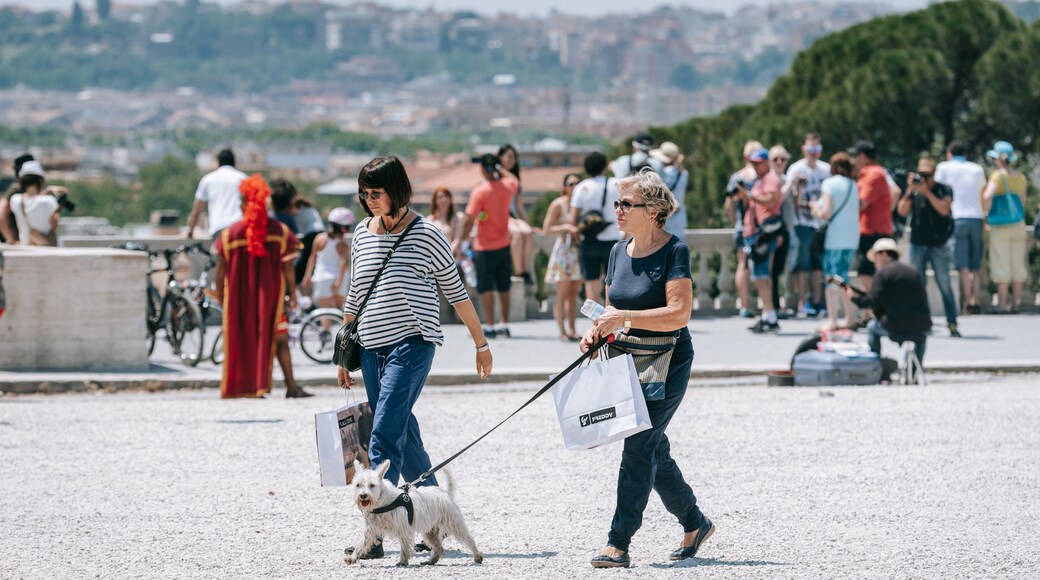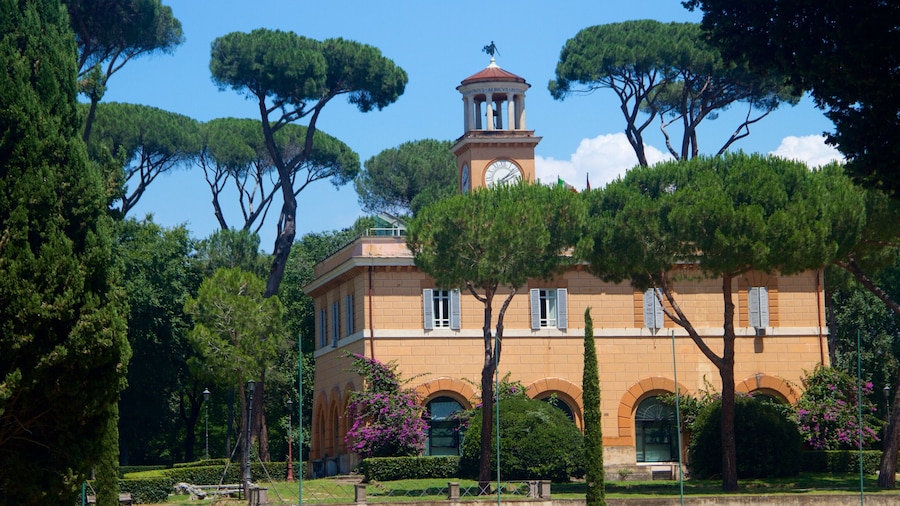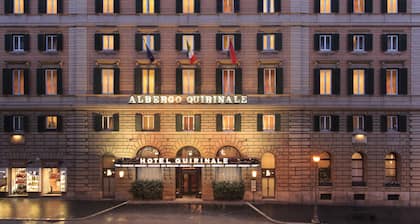The elegant gardens of Pincio are home to more than 200 exquisitely detailed statues of famous Italians. Stroll through the gardens and admire the statuary then ascend to the elevated 19th-century terrace from where you can gaze out over bustling Piazza del Popolo below.
Climb the stairs that connect one of the city’s largest squares with the flowing gardens of Pincian Hill. The idyllic land here is named after the Pinci family who owned this area in the 4th century. In the past it has been used as a burial ground. Among the many distinguished figures to have been buried here is Emperor Nero.
Leave the noise of the piazza behind and explore the garden, which is planted with colorful flowers and ornamental hedgerows. This serene space was dreamt up by 18th-century architect Giuseppe Valadier, who was also responsible for the clocks on St. Peter’s Basilica. As you wander around, look for some of the 228 busts depicting Italian aristocrats and influential leaders. Also of note is the tall obelisk, which was brought here in 1822 and the water clock, which stands on a rock in the middle of a small lake.
Follow the paths upward to reach Pincio Terrace. This platform was built in 1816 and was also designed by Valadier. Pause here to enjoy breathtaking views over the piazza below and the city skyline. The vistas are particularly pretty at sunset, when the sky blazes red and orange, highlighting the silhouette of the Monte Mario in the distance.
When you need a rest, stop by the nearby café for a coffee or an ice cream.
Pincio is separated from the gardens of Villa Borghese by the ancient Aurelian Wall. To access the hill, take the metro to Flaminio then walk through the piazza.


















